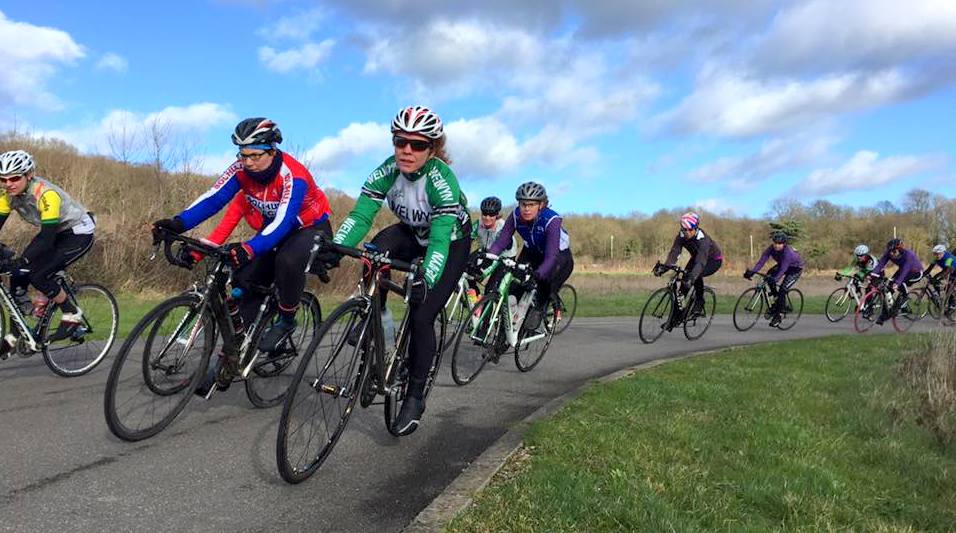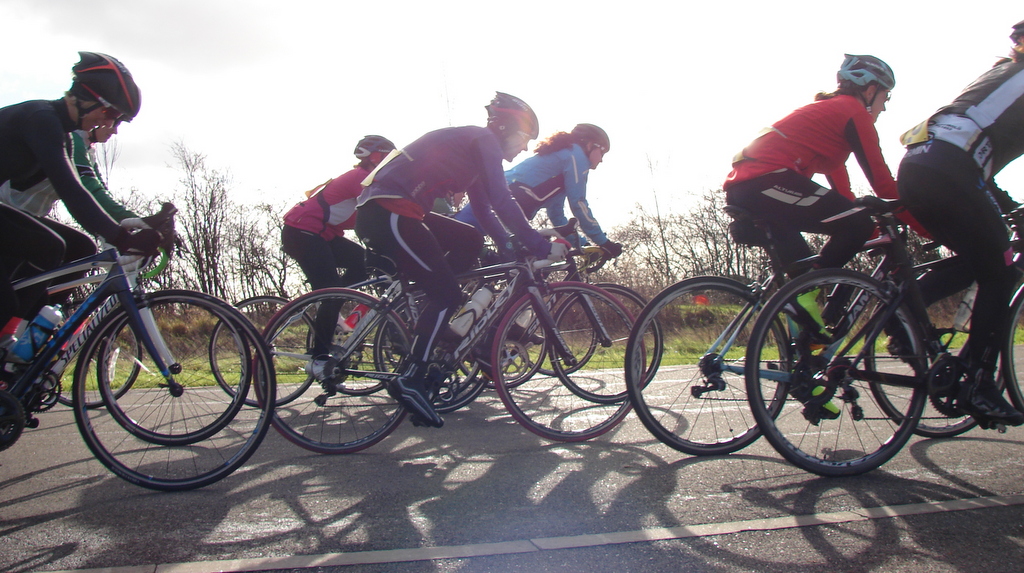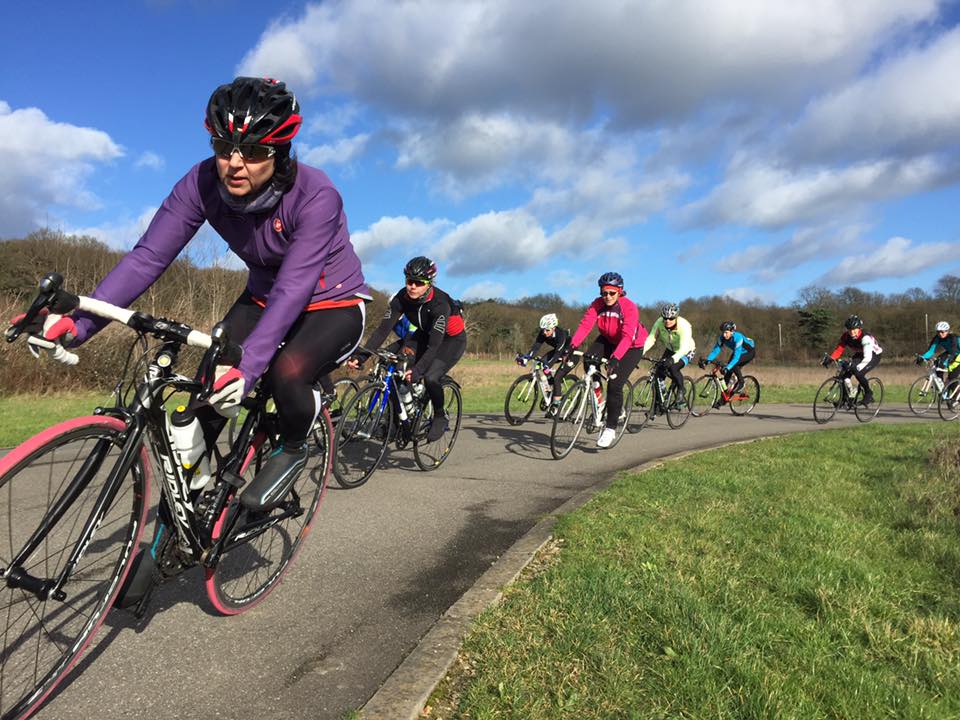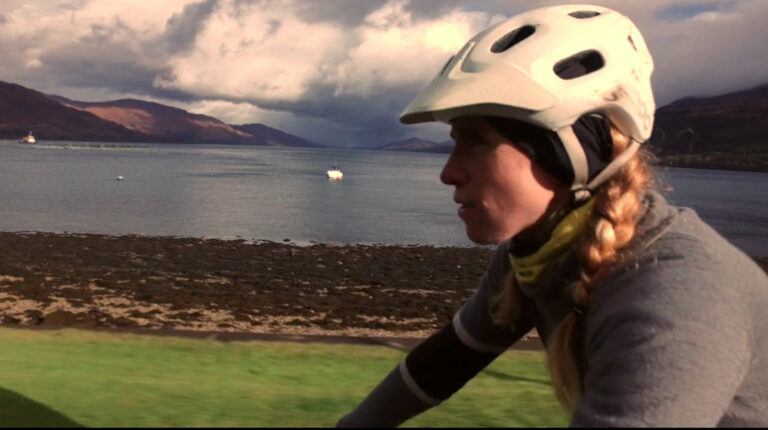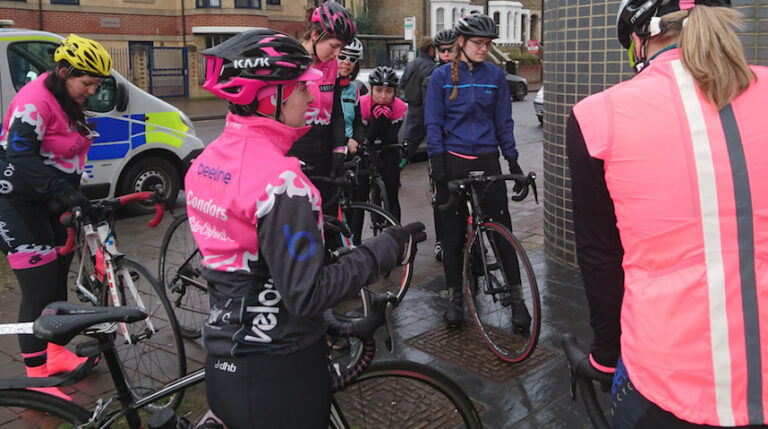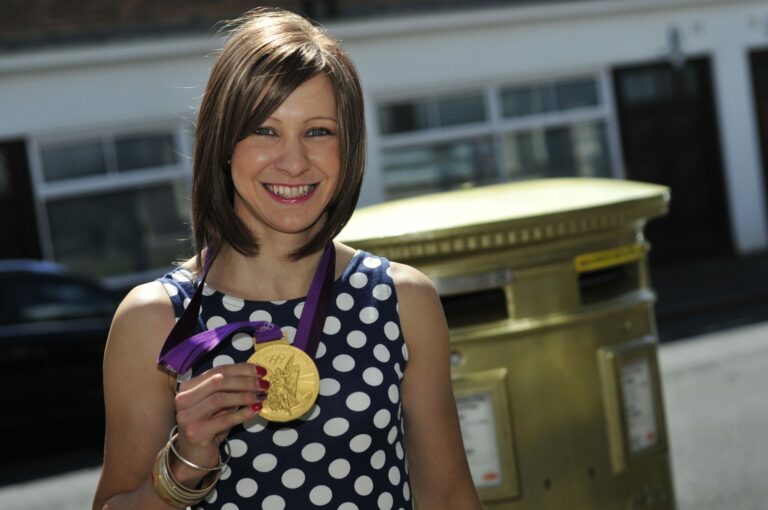With women’s road races becoming more popular many coaches are now hosting women’s only workshops to help novices master the skills required to ride in a bunch in an environment that’s friendly and welcoming.
The skills practiced are those which become particularly crucial in a racing environment, but they’re still equally applicable to those simply looking to improve their overall bike handling too. If you’re looking for one such day in the near future, London Women’s Racing have one in their calendar on Saturday February 11.
To develop our skills and bring you advice, we rocked up at a race training session run by Kerry Bircher and Holly Seear of Revolution Cycling coaching. The three hour practical skills training epic addressed a wide range of topics – one of which was how to take a corner well at speed.
Here’s a look at the guidelines the coaches had for us…
Want basic info on cornering efficiently? Check out this post
